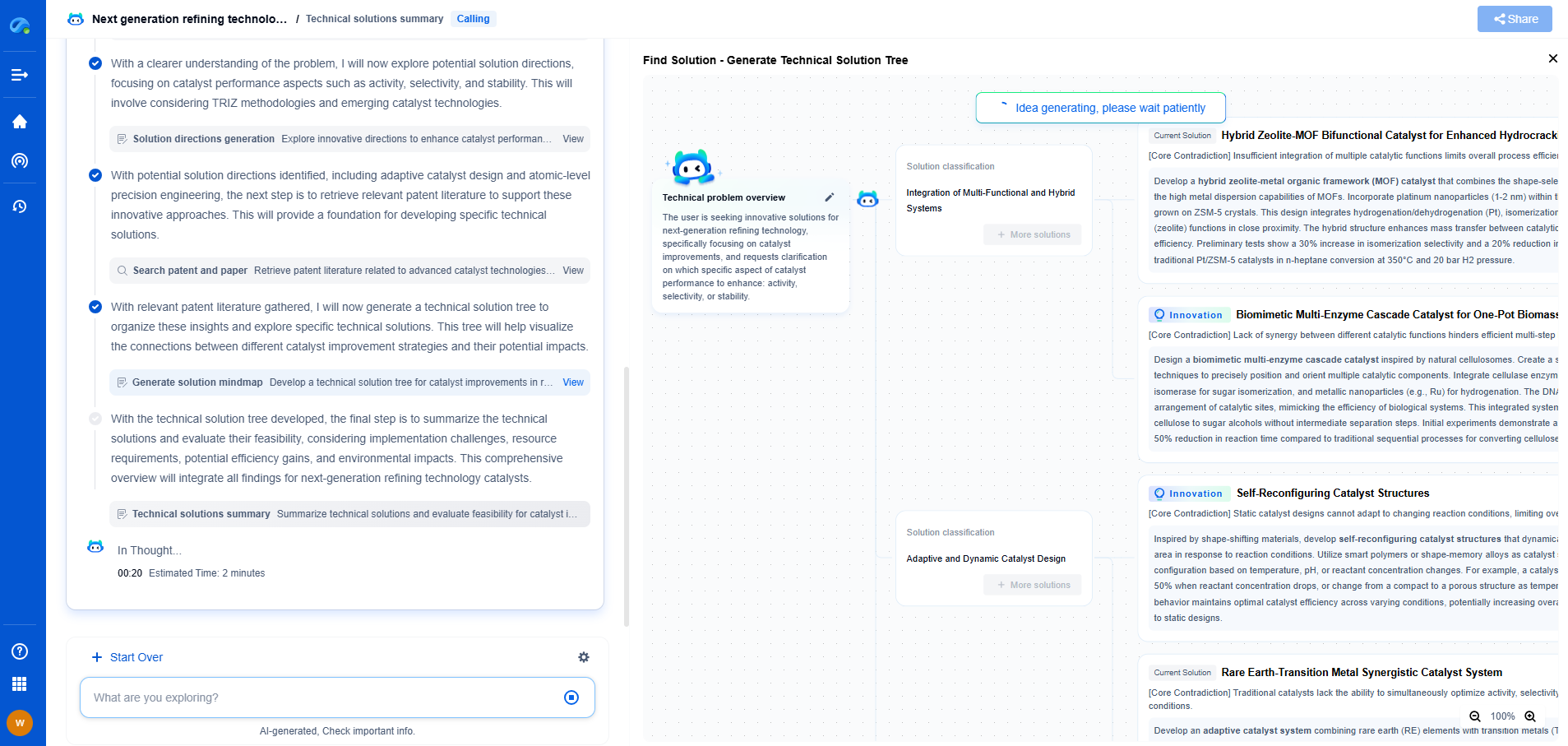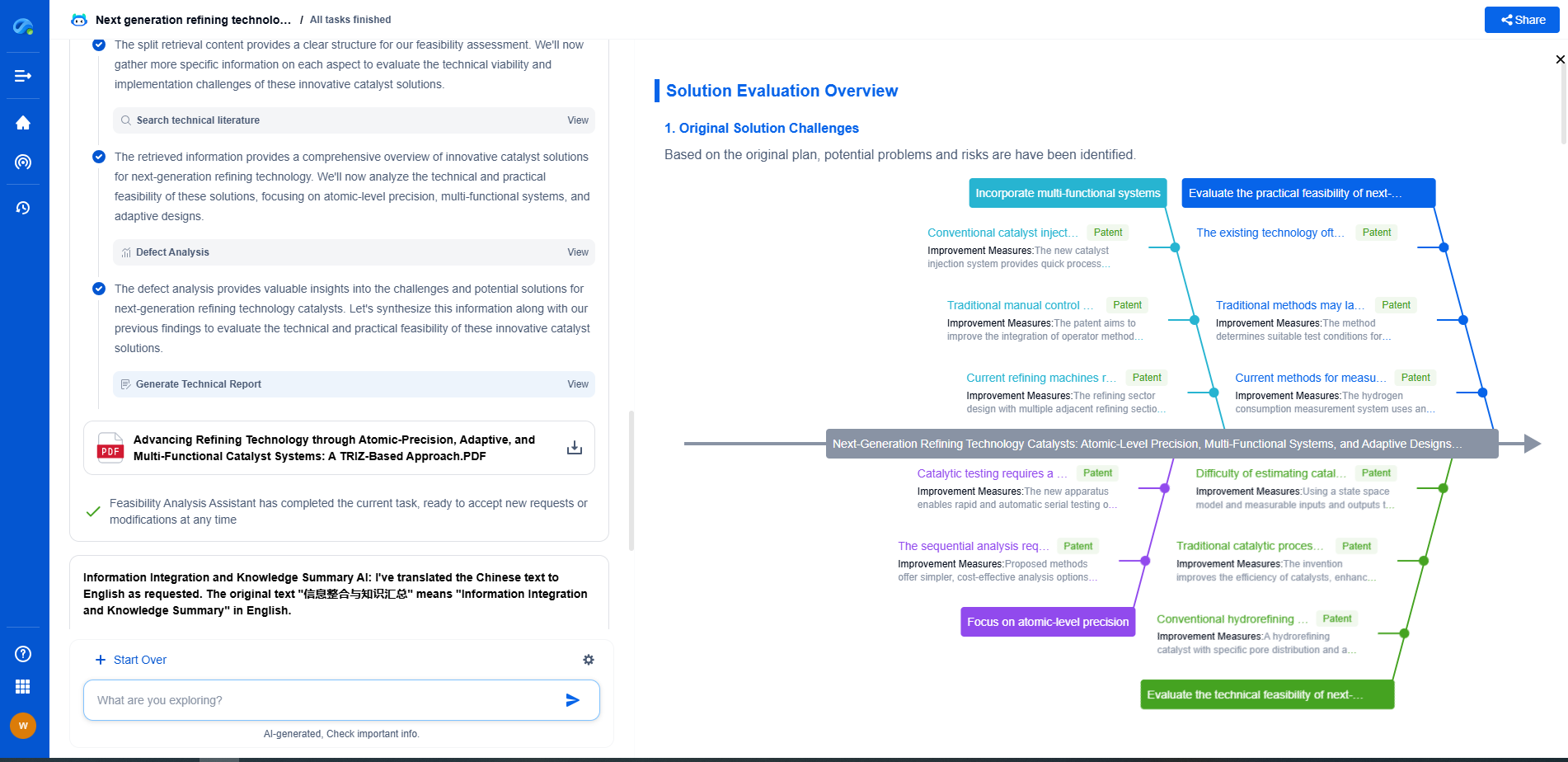US Split-Phase vs EU Three-Phase Residential Power Delivery
JUN 26, 2025 |
In order to fully grasp the differences in residential power delivery between the United States and Europe, it is essential to first understand the fundamental concepts of electrical power systems. Electricity is delivered to households through a network of power lines and transformers, which convert high-voltage electricity from power plants into lower voltages suitable for domestic use. The way this is done can vary significantly from one region to another, primarily due to historical, technical, and regulatory factors.
US Split-Phase Power
In the United States, residential power delivery typically uses a split-phase system, which is a type of single-phase electrical power. In this system, a transformer provides two equal voltage outputs that are 180 degrees out of phase with each other. These two voltages are commonly 120 volts each, and when combined, they provide a total of 240 volts. This configuration allows for both 120-volt and 240-volt circuits in homes.
The split-phase system has several advantages. It provides the flexibility to power a wide range of household appliances, from lighting and outlets (which usually require 120 volts) to larger appliances like electric ovens and dryers (which typically need 240 volts). Additionally, the simplicity of the split-phase system makes it relatively easy to install and maintain.
EU Three-Phase Power
In contrast, most European countries utilize a three-phase power system for residential electricity delivery. In a three-phase system, electricity is delivered using three wires, each carrying an alternating current that reaches its peak at different times, 120 degrees apart. This setup provides a more continuous and balanced power supply, which is particularly beneficial for industrial and commercial applications.
For residential use, European homes typically receive one of these three phases along with a neutral wire, allowing for standard household voltage levels (usually 230 volts). This means that most residential appliances in Europe are designed to operate at this higher voltage compared to American appliances.
The three-phase system offers several benefits, including greater efficiency in power transmission and a reduction in electrical losses. It also allows for more compact and cheaper wiring for electrical installations, which can be particularly advantageous in densely populated urban areas.
Comparative Analysis: Split-Phase vs. Three-Phase
When comparing the US split-phase and EU three-phase systems, several key differences emerge. One of the most notable is the voltage level. European appliances are generally designed to handle higher voltages, which can lead to more efficient power consumption. Conversely, the US system provides more flexibility in terms of the variety of appliances and devices it can support with its dual voltage levels.
Another significant difference is in the infrastructure required to deliver these systems. The three-phase system, due to its complexity, often requires more sophisticated infrastructure, which can be more costly to implement and maintain. However, its ability to deliver steady power over long distances without significant losses can offset these initial costs.
Historical and Cultural Influences
The choice between split-phase and three-phase systems is not purely technical. Historical and cultural factors have played a significant role in shaping the power delivery systems on both sides of the Atlantic. In the US, the development of the split-phase system was influenced by the country's rapid urbanization and the need for a versatile power delivery system that could accommodate a wide range of household and industrial applications.
In Europe, the adoption of the three-phase system was driven by the early industrial focus on efficient manufacturing and the need for stable power in densely populated areas. This focus on efficiency and reliability remains a cornerstone of European power delivery to this day.
Conclusion: A Matter of Context and Need
Ultimately, the differences between US split-phase and EU three-phase residential power delivery systems reflect the unique historical, technical, and regulatory contexts of each region. Both systems have their own sets of advantages and challenges, tailored to meet the specific needs of their respective populations.
As technology continues to evolve, these systems may also adapt, potentially integrating renewable energy sources and smart grid technologies to further improve efficiency and reliability. Understanding these systems not only provides insight into how electricity is delivered but also highlights the diverse approaches taken around the world to power our daily lives.
Stay Ahead in Power Systems Innovation
From intelligent microgrids and energy storage integration to dynamic load balancing and DC-DC converter optimization, the power supply systems domain is rapidly evolving to meet the demands of electrification, decarbonization, and energy resilience.
In such a high-stakes environment, how can your R&D and patent strategy keep up?
Patsnap Eureka, our intelligent AI assistant built for R&D professionals in high-tech sectors, empowers you with real-time expert-level analysis, technology roadmap exploration, and strategic mapping of core patents—all within a seamless, user-friendly interface.
👉 Experience how Patsnap Eureka can supercharge your workflow in power systems R&D and IP analysis. Request a live demo or start your trial today.
- R&D
- Intellectual Property
- Life Sciences
- Materials
- Tech Scout
- Unparalleled Data Quality
- Higher Quality Content
- 60% Fewer Hallucinations
Browse by: Latest US Patents, China's latest patents, Technical Efficacy Thesaurus, Application Domain, Technology Topic, Popular Technical Reports.
© 2025 PatSnap. All rights reserved.Legal|Privacy policy|Modern Slavery Act Transparency Statement|Sitemap|About US| Contact US: help@patsnap.com

